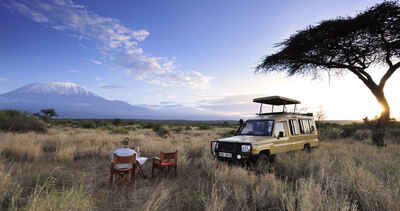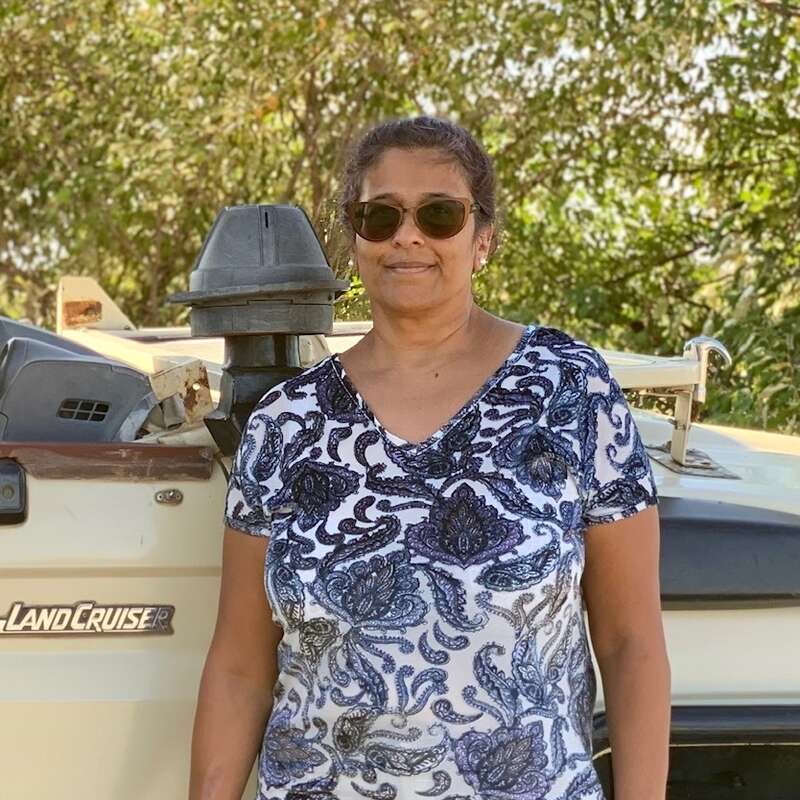About Satao Elerai
In the private, 40-square-kilometre Elerai Conservation Area a little south-east of Amboseli National Park, ...
... and on a slight elevation above the surrounding landscape, Satao Elerai Camp is the closest camp to the peaks of Kilimanjaro. It offers a combination of great views, good game-watching and access both to its own conservancy and to the national park.
Mid-priced, comfortable and well-managed, Satao Elerai made an instantly likeable impression and made us feel very much at home. The conservation area has good wildlife, with lots of elephants – though you are probably less likely to see predators than in the park. What you get a great sight of here, when it shakes off its habitual covering of cloud, is magnificent Kilimanjaro, towering over the savannah to the south.
Our view
Mid-priced, comfortable and well-managed, Satao Elerai made an instantly likeable impression and made us feel very much at home. The conservation area has good wildlife, with lots of elephants – though you are probably less likely to see predators than in the park. What you get a great sight of here, when it shakes off its habitual covering of cloud, is magnificent Kilimanjaro, towering over the savannah to the south.
Accommodation
17 tents and suites
Children
Good for all ages.
Open
21 May to 20 April
Activities

4WD Safari

Birdwatching

Cultural excursion

Guided walking safari

Night drive

Private activities
Traveller reviews of Satao Elerai
6 real, un-edited reviews from Expert Africa's travellers.
Arrived 19 Oct 2024, 3 nights
"Satao Elerai review"
Overall rating: Excellent
Arrived 7 Nov 2023, 3 nights
"Satao Elerai review"
Overall rating: Good
Arrived 15 Aug 2022, 3 nights
"Satao Elerai review"
Overall rating: Good
Arrived 2 Aug 2022, 3 nights
"Satao Elerai review"
Overall rating: Excellent
Arrived 15 Jan 2020, 3 nights
"Could have been so much better."
Overall rating: Good
Arrived 7 Sep 2014, 2 nights
"Atmospheric introduction to Africa"
Overall rating: Good
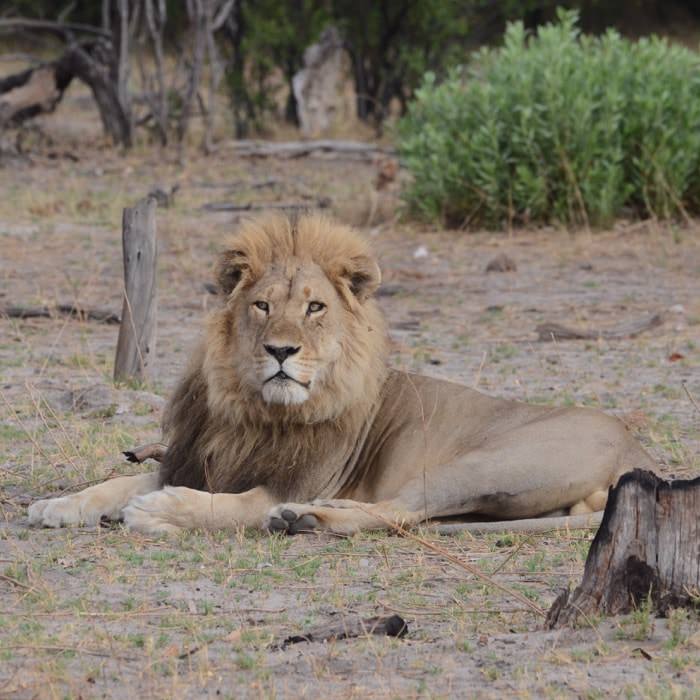
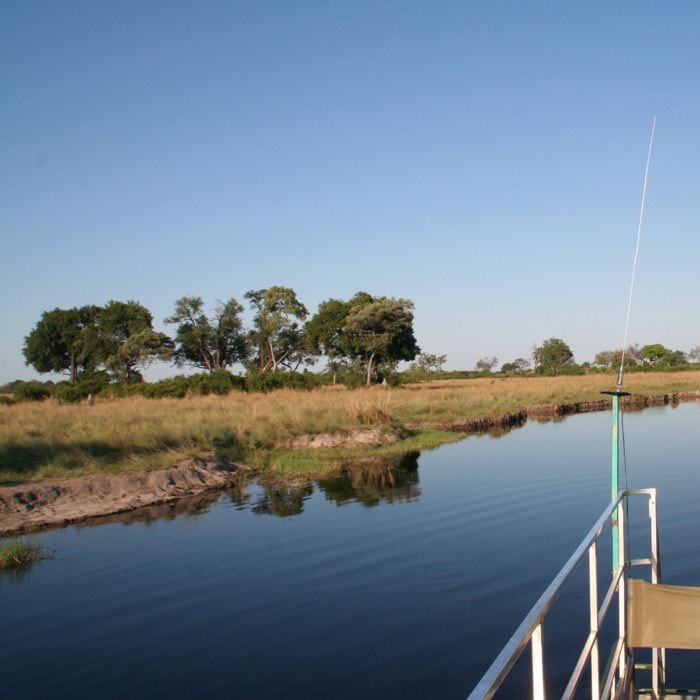
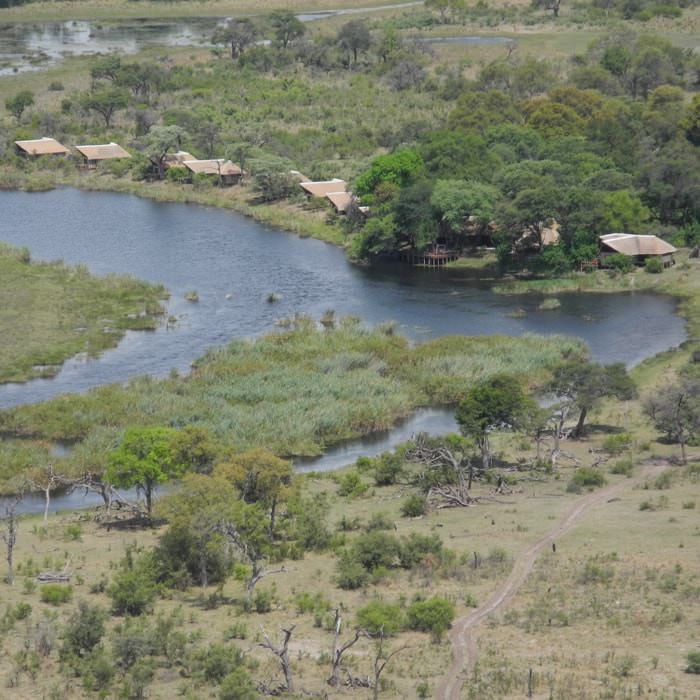
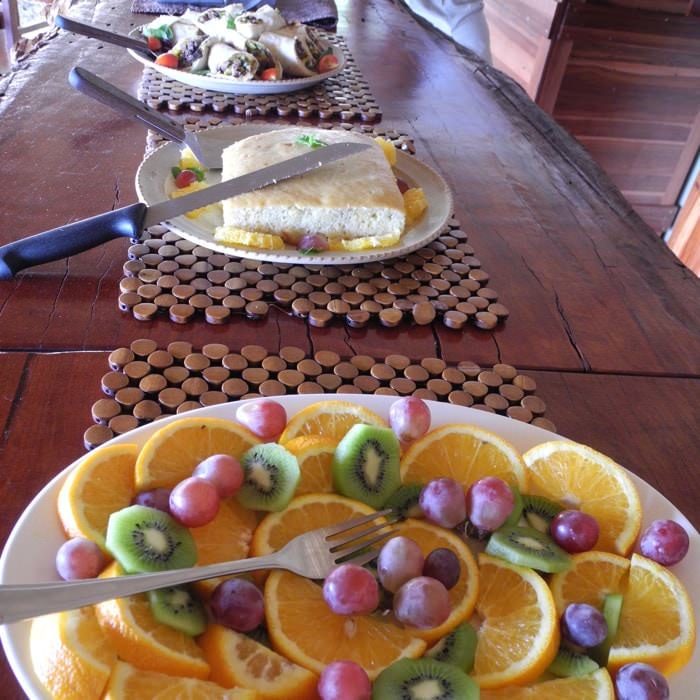
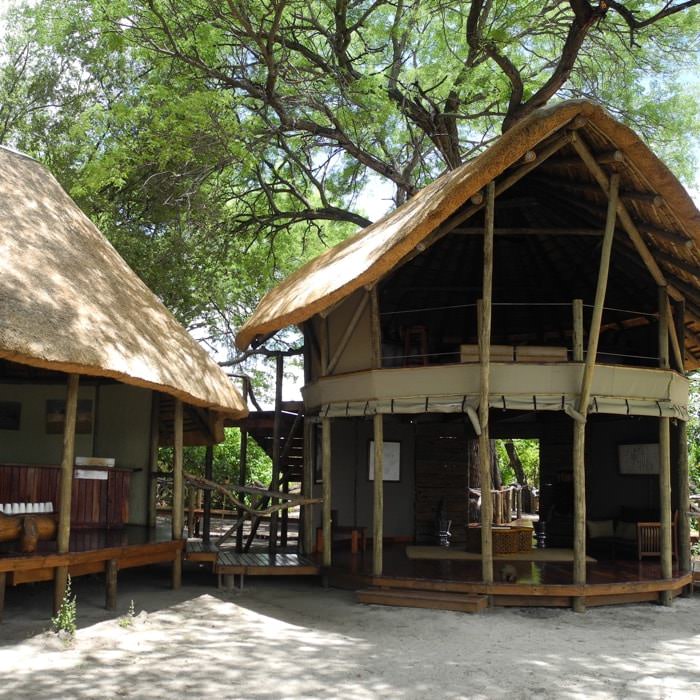
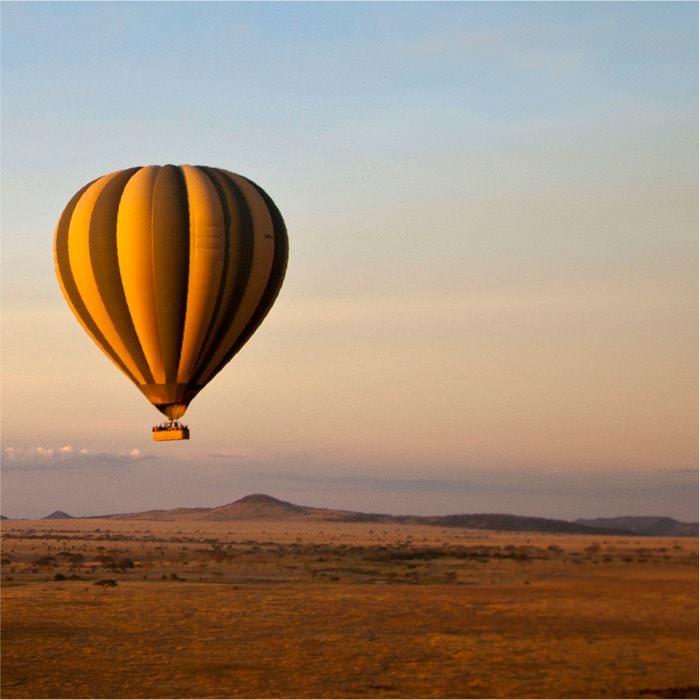
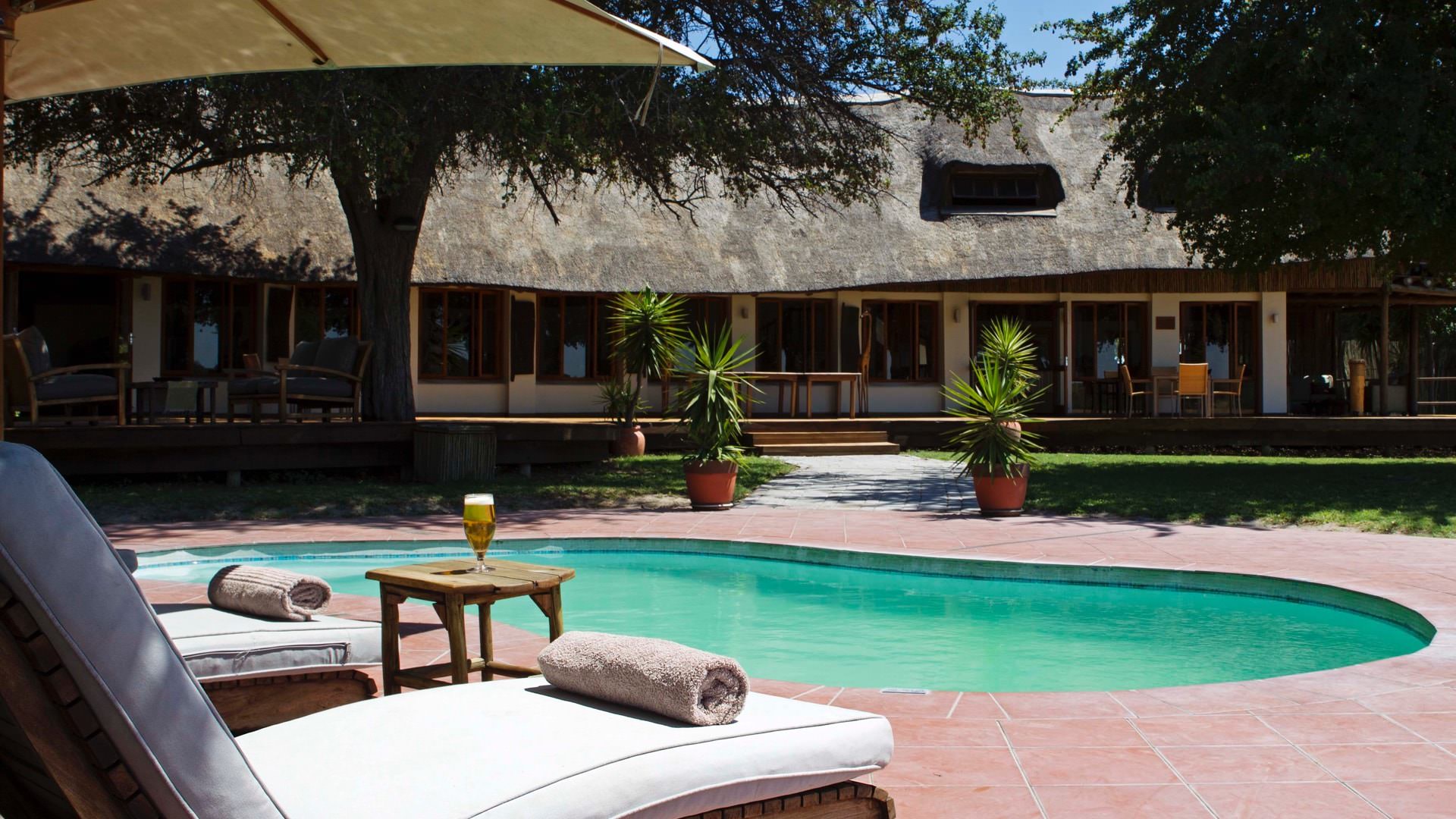
Expert Africa's gallery
When we travel we take lots of photos ourselves to give you a real and un-edited view of the safaris. See our 8 pictures and 1 videos of Satao Elerai to get the candid view.
View gallerySatao Elerai: Our full report
In the private, 40-square-kilometre Elerai Conservation Area a little south-east of Amboseli National Park, ...
... and on a slight elevation above the surrounding landscape, Satao Elerai Camp is the closest camp to the peaks of Kilimanjaro. It offers a combination of great views, good game-watching and access both to its own conservancy and to the national park.
Like its sister camp Satao Camp, in Tsavo East National Park, Satao Elerai, which opened in 2007, isn't quite small enough or stylish enough to deserve the description 'boutique', but neither is it mass market. The fact that it's unfenced (you have to keep to the paths when walking around camp, and after dark you need to be accompanied by an askari when walking to or from your tent) is indicative of its style, which is very focused on the relationship with the local community – the camp's landlords – and the wildlife interests of guests.
Satao Elerai's central areas are built around a group of giant boulders, into which the swimming pool, reception area and curio shop, terrace, main bar and dining areas have been nicely integrated. From the hotel-like reception area, you cross a short bridge over a landscaped fish pond, where rushes grow and weaver birds nest, to the bar (which stays open as long as guests want to order drinks) and split-level lounge and dining room, with an upper, observation floor with comfy seating. There is a selection of board games and books, making this a cosy spot to spend evenings in camp.
The well-maintained, free-form swimming pool is a welcome feature in this generally hot climate, but note there is no lifeguard on duty. Crazy-paving paths have been laid around the camp, and while we're not big fans of what seem unnecessary structures, they do serve to remind you, in what is an unfenced camp, of where you should and should not walk while in camp.
Your choice of accommodation at Satao Elerai is simple: the tents face out south, towards Kilimanjaro, while five more luxurious suites look across the savannah to the north-west and the national park.
The 12 good-sized tents are mounted on fairly high, concrete-and-stonework plinths, with solid timber and grass-tile roofs. Their polished wooden floors, rugs and rustic wooden furniture are comfortable and homely rather than stylish, all very much in keeping with Satao Elerai's overall approach, and feeling somewhat older than the camp's relative youth would suggest. Each tent can be configured as a double or twin, with a writing or dressing table, folding directors' chairs and, on the veranda facing Kilimanjaro, cushioned recliners. There are two family tents, sleeping up to four people, which are best suited for those travelling with young children as they are the same size as the standard tents.
At the back of each tent is a large, solid-construction bathroom with a stone floor, flush loo, single washbasin, decent toiletries and a shower with an oversized shower head. We had good warm-to-hot water from the solar system, but poor water pressure. Whereas the tents' bedroom areas are mosquito-screened, and sprayed by the room steward every evening, the bathrooms are not mosquito-screened.
Each tent has a paging button for calling an askari for an escort from your tent. We particularly enjoyed getting a wake-up call and tea at 6.00am and watching the mountain gradually push back its duvet of cloud to give us a short, spectacular display in the early sunlight.
Satao Elerai's five suites are of a similar construction to the tent bathrooms. Built from a natural-form wooden framework with plaster wall infills, their appeal is to people who want something more solid than canvas between them and the bush. More spacious than the tents, with french windows separating the room from the veranda, and with bathtubs as well as standard bathroom amenities, their Hobbit-like rusticity quite appealed to us. Although they don’t have direct views of Kilimanjaro, they do look out over Satao Elerai’s camp waterhole, which is known to attract creatures both large and small during the dry season. Two of the suites are doubles and three are twins. Suite rooms #4 and #5 are particularly well-suited to families as they are built close together, facing each other.
The main activities at Satao Elerai are game drives in the 3,000 acre conservancy. Being outside the national park, as well as sundowners and night drives, they also do bush walks with a Maasai escort and forerunner (walking 200m ahead with a radio to warn of any danger) accompanied by an armed ranger. The mixed bush of the conservancy includes floodplains filled by seasonal rains and Kilimanjaro melt water, and wooded grassland, dominated by red acacia (Acacia seyal, known as elerai in Maa, the Maasai language).
Frequently encountered species include Grant's and Thomson's gazelle, zebra, eland, warthog, lion, leopard and giraffe (satao means 'giraffe' in the language of the Waliangulu, the original hunters of southern Kenya). Elephant, buffalo and wildebeest are more migratory. Satao Elerai's waterhole attracts most species during the dry season. Wildlife also often enters the camp itself, and there are often semi-tame animals in camp.
The eight Maasai families who joined together to form the Elerai Ranch and lease a large part of it to the camp, grow maize, beans, wheat and tomatoes and graze their livestock on the rest, so as you travel around the district, you're likely to see herders out with some of their 1,000-odd cattle and 2,500 sheep and goats.
Activities
4WD Safari
Birdwatching
Cultural excursion
Guided walking safari
Night drive
Private activities
Families & children
- Attitude towards children
- Children of all ages are welcome.
- Property’s age restrictions
- None
- Special activities & services
- None
- Equipment
- 1 high chair, 1 baby cot
- Generally recommended for children
- Satao Elerai is good for children, and with a swimming pool (usually warm at this altitude) and an informal environment, it’s a good spot for a family safari.
- Notes
- The camp is unfenced. Wildlife often enters camp meaning supervision of young children is necessary at all times. Babysitting is available on request (at no charge), with staff provided by housekeeping or from among the camp guards. Trained baby sitters aren’t available.
Food & drink
- Usual board basis
- Full Board & Activities
- Food quality
- When we last visited Satao Elerai in 2019, we didn’t get a chance to try the food. We know from previous visits that the camp serves broadly European- and American-style food with vegetarian options always on offer. The day starts with tea, coffee and biscuits in the lounge area (you can also request them with a wake-up call), before the morning game drive.
Back from the bush, there's a very good breakfast to look forward to (6.00am–9.00am) – well-presented fruit, good coffee, a full cooked breakfast to order and a nice selection of spreads including ginger marmalade and passion curd to layer on your toast.
Lunch (12.30am–3.00pm) is a plated service, based around a set menu, with a choice of two starters, four main courses, and two choices of dessert. However, most guests choose to take a picnic lunch with them in the morning and stay out all day, particularly when spending the day in Amboseli National Park.
Dinner follows a similar format to lunch, with choices for each course, and is served 7.00pm-9.00pm. Guests can expect dishes such as orange and beetroot salad or minestrone soup to start. Main courses include sirloin steak with mustard sauce and accompanying vegetables, or stir fried vegetarian noodles. Typical desserts are chocolate mousse or Crêpes Suzette. - Dining style
- Individual Tables
- Dining locations
- Indoor and Outdoor Dining
- Further dining info, including room service
- Available on request.
- Drinks included
- Most drinks are included when staying on a game package basis.
Our travellers’ wildlife sightings from Satao Elerai
Since mid-2018, many of our travellers who stayed at Satao Elerai have kindly recorded their wildlife sightings and shared them with us. The results are below. Click an animal to see more, and here to see more on our methodology.

100% success

100% success

100% success

100% success

100% success

100% success

100% success

100% success

75% success

67% success

33% success

25% success

0% success

0% success

0% success

0% success

0% success
Getting there
- Location
- Amboseli and the Chyulu Hills, Kenya
- Ideal length of stay
- 3 nights
- Directions
- Most travellers arrive by air at Amboseli Airstrip, about an hour's drive away.
- Accessible by
- Fly-and-Transfer
Communications
- Power supply notes
- The generator (housed in a sound-reduction room near the staff headquarters), is on 5.00am–8.00am, 12.00pm–3.00pm and 6.00pm–11.00pm (or later if guests are still in the bar – and they keep it on for about half an hour after the last guests have retired). This is the only time power is available, although solar-heated hot washing and shower water is available 24 hours a day during sunny weather and batteries provide power for lighting in the bathrooms at times when the generator is off.
- Communications
- The cellphone network at Satao Elerai Camp is generally OK. WiFi, with access free of charge, is available in the lounge area. Each tent or room has a paging button so that you can call an askari for an escort from your tent, or order a drink.
- TV & radio
- Guests can use the TV in the staff quarters for big events.
- Water supply
- Borehole
- Water supply notes
- Water is distilled on site for drinking. All tents have plumbed in bathrooms.
Health & safety
- Malarial protection recommended
- Yes
- Medical care
- Two staff, including the assistant manager, are first-aid trained. Sopa Lodge, a 15-minute drive away, has the nearest qualified nurse. The camp would call the flying doctors in a serious emergency, in which case evacuation would be from Tawi Airstrip, 25 minutes’ drive from Satao Elerai Camp.
- Dangerous animals
- High Risk
- Security measures
- There are guards around camp during the day and night, plus a number of game scouts who have had KWS training. These scouts are managed by a former senior warden of Amboseli who has a firearms licence. Guns are used on game walks.
- Fire safety
- Every tent and suite has a fire extinguisher. Several people are fire-trained and all staff have fire drills every three months. There’s a fire assembly point at the car park.
Useful info
- Disabled access
- On Request
- Laundry facilities
- Full Laundry Service - Extra Charge
- Money
- There’s a lock-up box in every tent and suite for safekeeping of valuables. Satao Elerai doesn’t offer foreign exchange.
- Accepted payment on location
- The camp accepts cash in US dollars, euros, pounds sterling or Kenyan shillings. They also take Visa and MasterCard credit cards with no surcharge.
Plan and book your trip with Expert Africa
All of our trips are tailor-made, so we'll always adapt them to suit you. Talk to an Expert and let us plan and arrange your perfect trip.

Talk to an Expert
Call or email us now! We’ll match you with the Specialist in our team who is best suited to help you. Then together we can start planning your trip.

Set up your itinerary
Based on our experience and your ideas, your specialist will create a detailed, costed itinerary. We’ll refine it together, until we have a trip that you’re perfectly happy with.

Prepare for your trip
The same Specialist will make the seamless arrangements for your trip, send you detailed travel documents, and be available to answer any questions before you depart.

Travel with peace of mind
After you set off, you’ll be cared for by our partners in Africa, most of whom have worked with Expert Africa for decades. And if you ever need us urgently, we’re available 24/7.

When you return
We love to learn about your trip, and so will always be grateful if you’ve the time to give feedback to your Specialist when you return.
Satao Elerai's location
Look closer at the environment and surroundings of Satao Elerai.
Other lodges in Amboseli and the Chyulu Hills
Alternative places to stay in this same area.
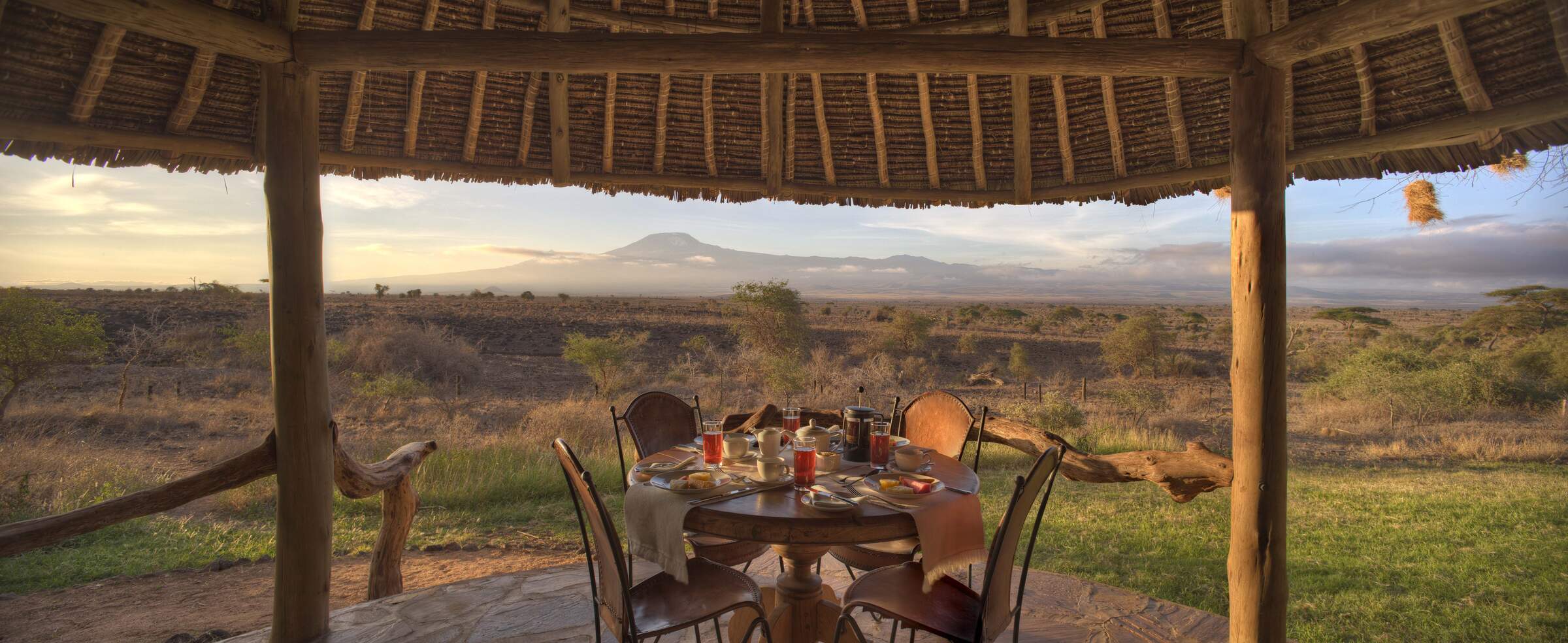
Tortilis Camp
Tortilis is a finely situated and well built safari camp located in the private Kitirua Consarvancy just outside Amboseli National Park and with wonderful views of Kilimanjaro.
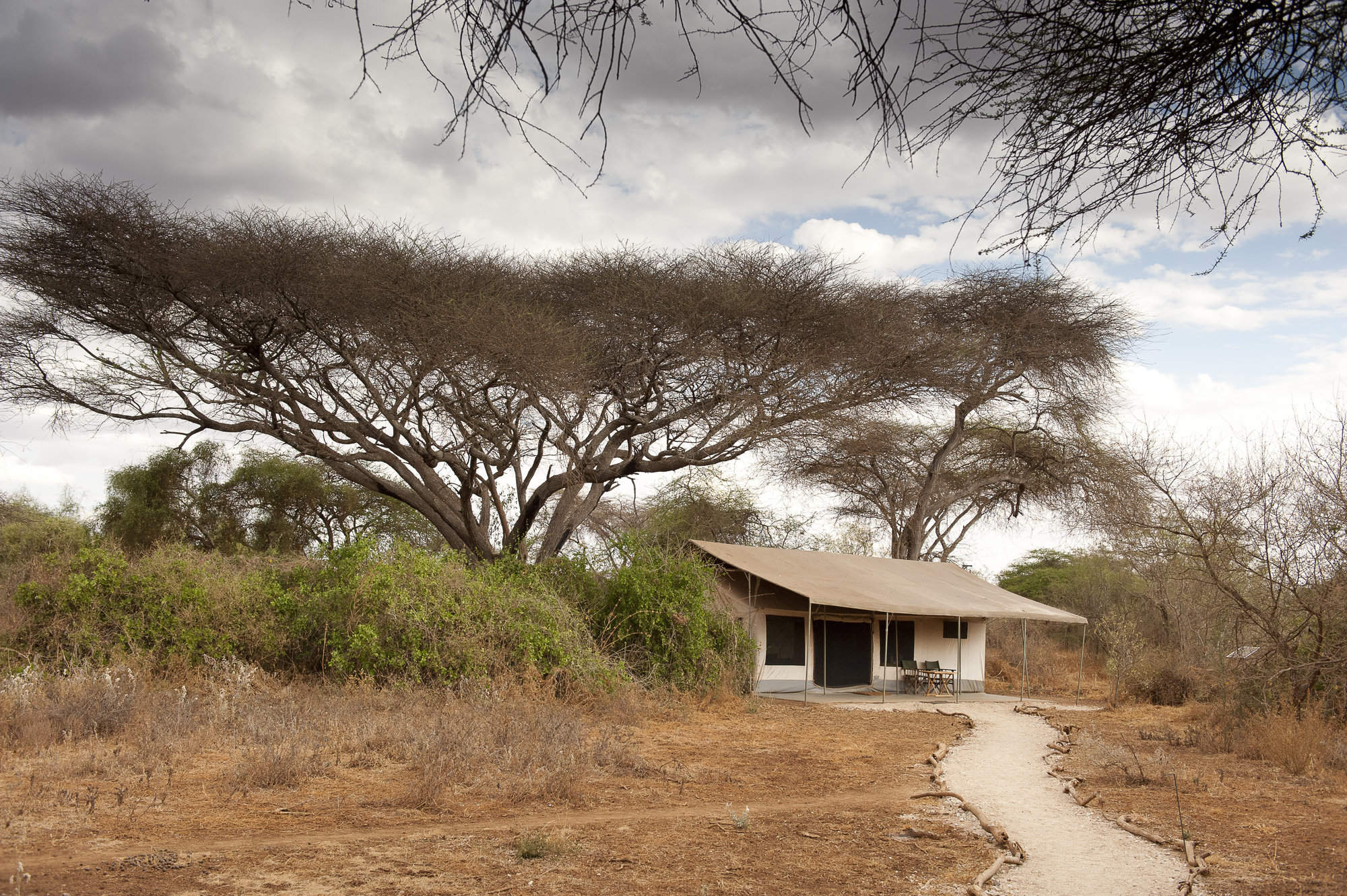
Porini Amboseli Camp
Porini Amboseli is a small and homely community-staffed eco-camp located in the Selankay Conservancy.
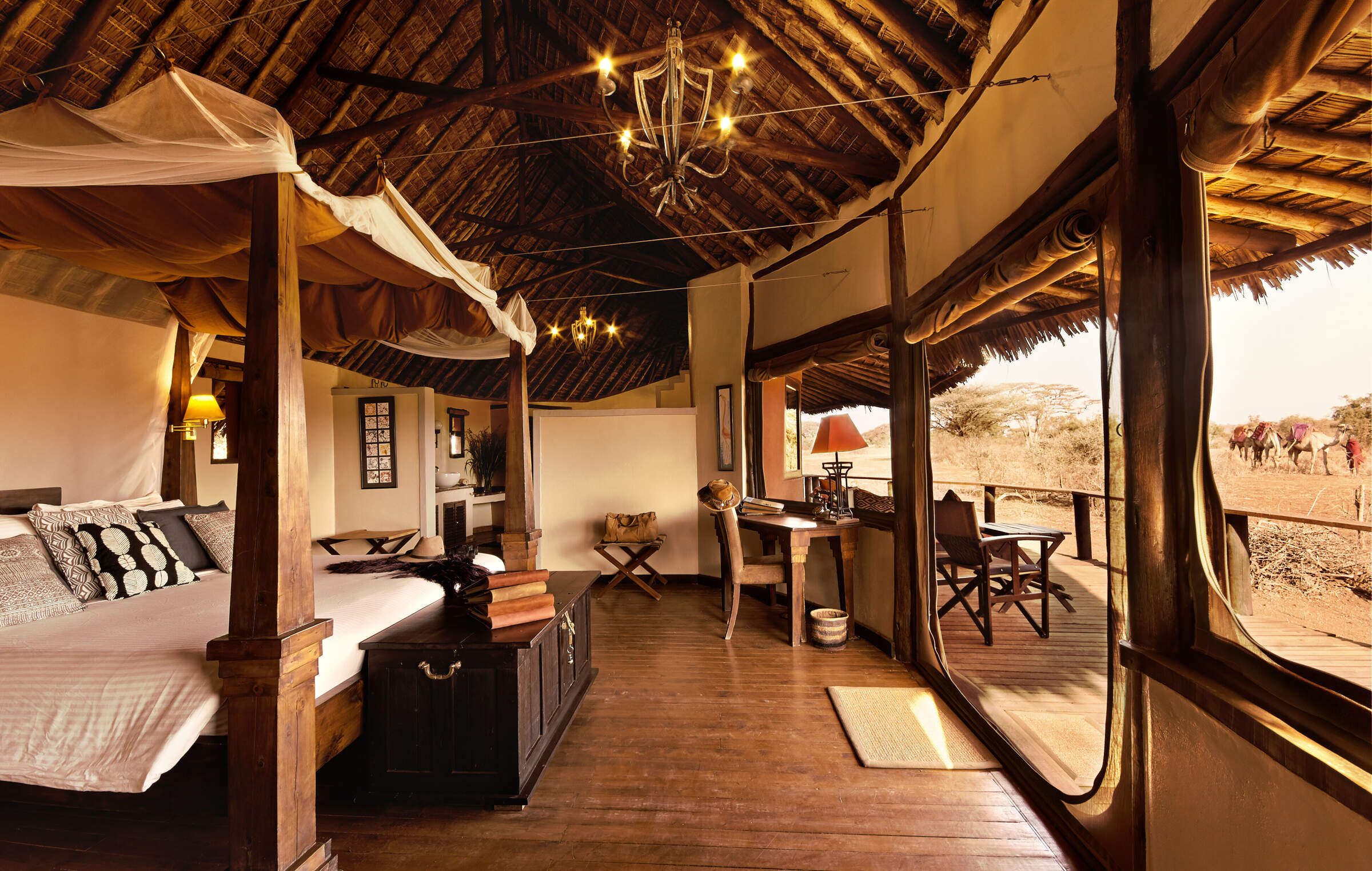
Tawi Lodge
Tawi Lodge is modern, luxury safari lodge on a private wildlife conservancy in the Amboseli ecosystem in southern Kenya.

Selenkay Adventure
Selenkay Adventure Camp is the dome-tent satellite camp of Porini Amboseli Camp, located in the Maasai-owned Selenkay Conservancy, one of the oldest community wildlife conservancies in Kenya.
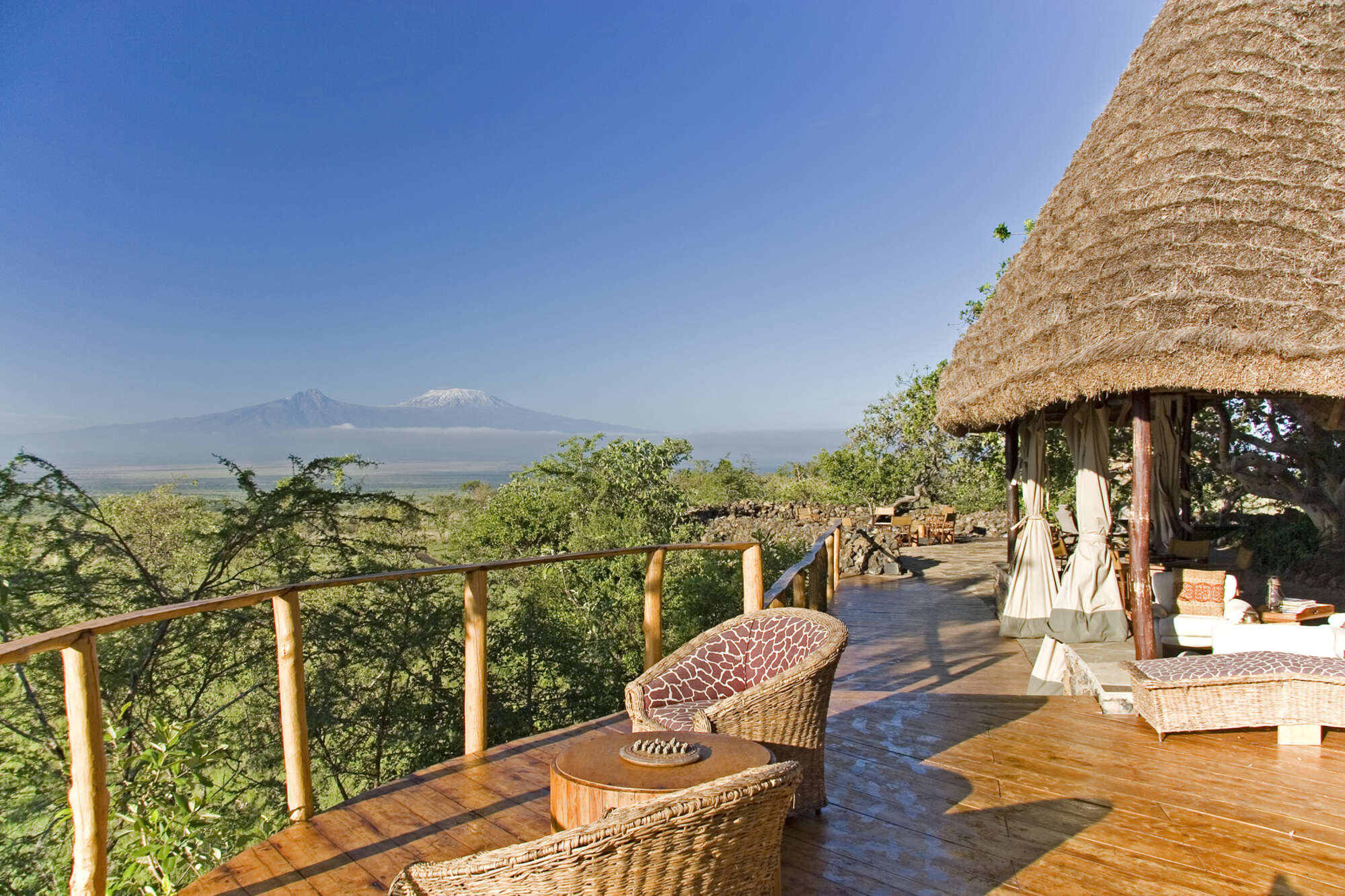
Campi ya Kanzi
Campi ya Kanzi is a very well integrated, eco-friendly bush lodge and tented camp on the slopes of the Chyulu Hills in its own, 1000-square-kilometre Maasai conservancy.
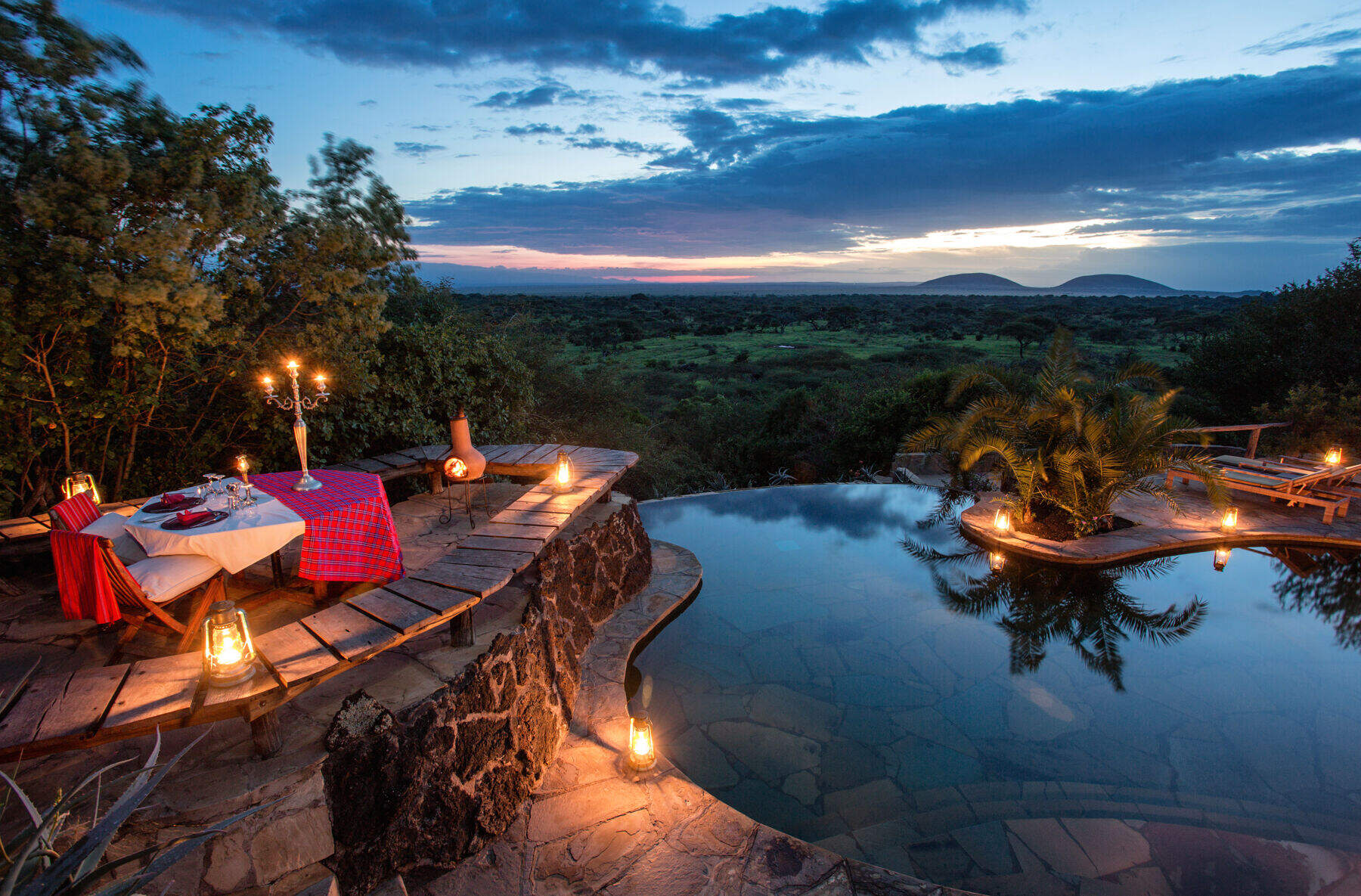
Ol Donyo Lodge
Ol Donyo is a luxurious and innovative designer safari lodge with magnificent views and excellent walking, riding and wildlife country in its own private conservancy.
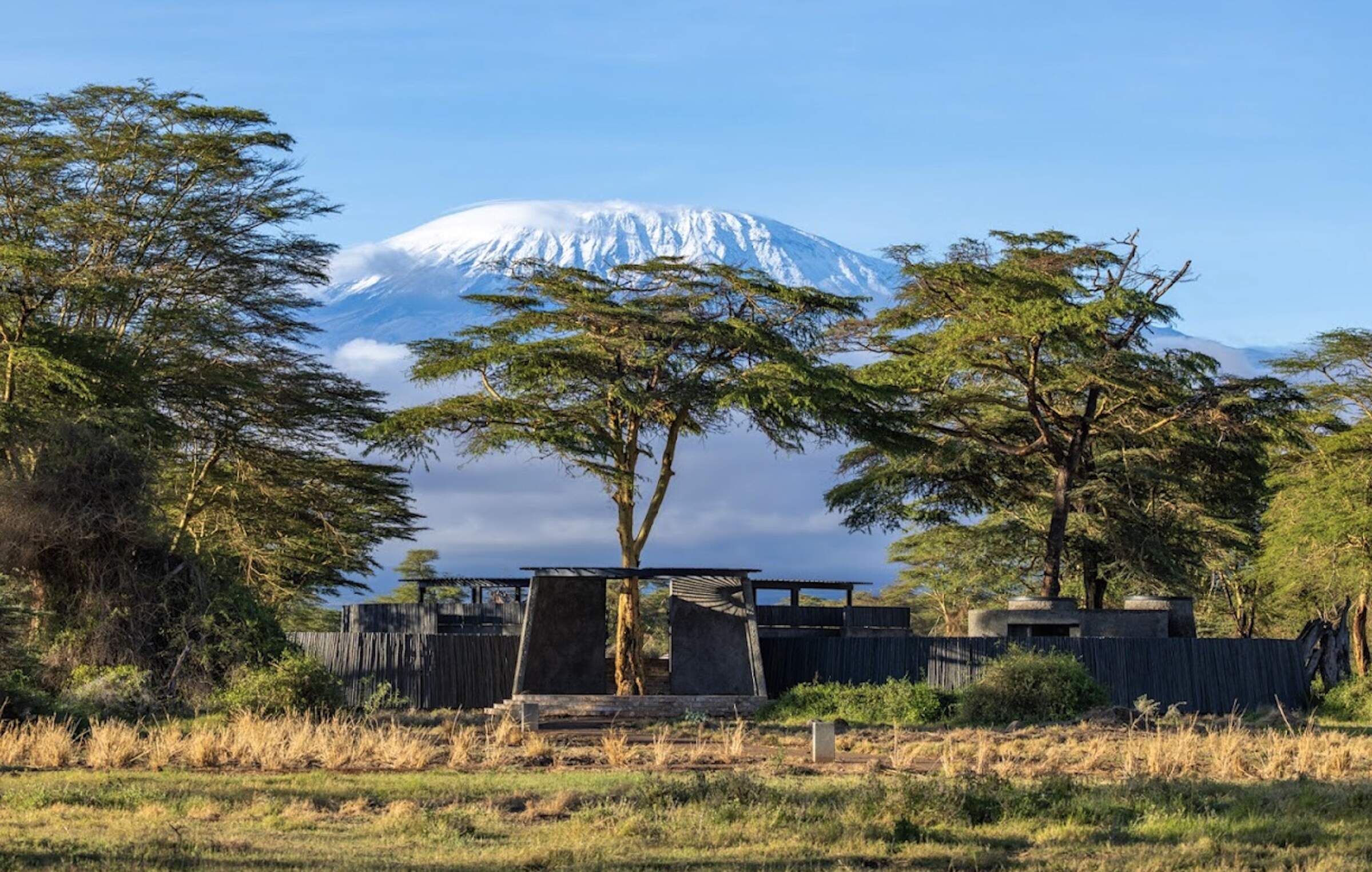
Angama Amboseli
Angama Amboseli is a luxury safari camp in the long-established Kimana Conservancy, about a 45-minute drive east of Amboseli National Park.
When to go to Amboseli and the Chyulu Hills
Our month by month guide: What it's like to visit Satao Elerai in Amboseli and the Chyulu Hills
Jan
Feb
Mar
Apr
May
Jun
Jul
Aug
Sep
Oct
Nov
Dec
Kenya in January
Clear, hot days and warm nights make this high season a popular time for safaris and it’s also good for diving and snorkelling as water clarity is excellent and gets better as the dry season progresses. Most lodges and tented camps treat January after the New Year week is over, as mid-season, making it a good compromise in terms of value for money with reasonably reliable, dry weather and some greenery left in the landscape.
Expert Africa bases its description of climate and weather in January, like the other months of the year, on the climate records of roughly the last 100 years, and it's fair to say that the weather and seasons since the beginning of this century have been highly irregular and unpredictable.
- On average, January is the second driest month of the year
- Elephants dig waterholes in the dry riverbed in the Samburu reserve.
- Wildebeest and many antelope have their calving season, to February.
- Migrant birds are seen in huge numbers, especially in the Rift Valley.
- Sea water clarity around the coral reefs generally good.
Our view
Fantastic: the very best time to visit
Weather in January
Kenya in February
With the short dry season well established, the grass grazed down and wildlife gathering close to water points, this is still a good time for a safari. Good water clarity in the Indian Ocean's coastal waters makes for excellent diving and snorkelling conditions.
Expert Africa bases its description of climate and weather in February, like the other months of the year, on the climate records of roughly the last 100 years, and it's fair to say that the weather and seasons since the beginning of this century have been highly irregular and unpredictable.
- On average, February is the driest month of the year.
- It’s sometimes possible to swim with whale sharks at Diani Beach.
- Migrant birds are still seen everywhere, especially near water.
- This is usually peak calving season for wildebeest and many antelopes.
- This month is often the hottest of the year, especially on the coast.
Our view
A very good time to visit
Weather in February
Kenya in March
Hot, increasingly humid weather – with good diving and snorkelling conditions at the start of the month – gives way to rains and lower accommodation costs. Expert Africa bases its description of climate and weather in March, like the other months of the year, on the climate records of roughly the last 100 years, and predicting the seasons since the beginning of this century has been difficult.
March is the month when – traditionally – intensely hot conditions build up until a cloudburst finally happens at the end of the month or in early April, to relieve the humidity. As ever, regional variations across the country can greatly impact on visitors' experiences.
- Sea-water clarity is best for diving before the long rains start.
- Visitor numbers are low, though the Easter holidays can be busier.
- Night skies can be scintillatingly clear in early March.
- Cropped down savannah grasses can make it easier to see the wildlife.
- Temperartures climb high, especially at lower elevations.
Our view
A good time to visit, with pros & cons
Weather in March
Kenya in April
April sees the full onset of the southeast monsoon wind or kusi, which heralds the long rains. Temperatures drop soon after the rains are established and you’ll often have facilities largely to yourself in this more affordable low season, sometimes known as the "green season". The bush quickly springs to life, with greenery sprouting almost before your eyes. While you're likely to get a fair number of heavy showers, the breaks in the rain can yield sparklingly clear conditions.
With the dust settled and bright sun piercing the clouds, conditions can be sublime for photography, especially first thing in the morning or in the late afternoon with another storm brewing. You may be lucky, or you may find conditions very wet and muddy.
- A wet month, the coast often gets more than 300mm (12in) of rain.
- Sunny spells can provide great light for photography.
- Buffalo and zebra calving season often happens in this month.
- Baby crocodiles hatch, for example on Central Island in Lake Turkana.
- Palearctic migrant birds gather to fly north to breeding grounds.
Our view
A time to avoid if possible
Weather in April
Kenya in May
While game viewing can be trickier as vegetation runs riot, between the cloudbursts the colours and light are great for photography at this time of year. Expert Africa bases its description of climate and weather in May, like the other months of the year, on the climate records of roughly the last 100 years, and while it's reasonable to expect heavy rains in many parts during this month, especially on the coast, the rains don't always come evenly or in some areas come at all.
In an El Niño year, the so-called long rains that normally are established across much of the country by May can be meagre, to the despair of farmers. On the other hand in a La Niña year, the long rains can bring floods. On the coast, the monsoon winds make the climate much more predictable, with heavy rains common throughout this month.
- Frogs breed in the ponds in the Arabuko Sokoke Forest near Watamu.
- Wildebeest, impala and other grazers are in rut (the breeding season).
- Kilimanjaro looks its best as heavy rain falls as snow on the summit.
- There's a sharp peek of rainfall on the coast with many rainy days.
- Accommodation prices are uniformly low, while some camps close.
Our view
A time to avoid if possible
Weather in May
Kenya in June
The rains give way to cloudy, cooler weather, often making for comfortable conditions by the end of the month, especially in the highlands. Starting from mid-June or the beginning of July and running until the end of October, this is the high season, and accordingly has higher accommodation rates and – at least until early September – higher numbers of visitors.
While the early part of June can often be rainy on the coast, it can be a great time to go on safari, with fresh greenery, many young animals and good photographic conditions with clear air.
- The Taru Desert, inland from the coast, is carpeted with flowers.
- The Lake Turkana Cultural Festival is held in Loiyangalani.
- Madaraka Day (commemorating self rule) is 1 June.
- The annual Lewa marathon runs a course through the wildlife.
- The Diani Rules "sports" event rips up the rulebook at Diani Beach.
Our view
A good time to visit, with pros & cons
Weather in June
Kenya in July
Kenya’s “winter" season sets in (winter is a misnomer but locals feel the change), and the highlands can be rather grey. Skies are often cloudy and the days can be surprisingly cool, with an average daytime high in many highland safari areas of 15-20°C and night-time temperatures dropping below 10°C in Nairobi and the highlands. Lower parts of the country and the coast are usually warm and dry, typically reaching highs of around 25°C with lows in the high teens.
As this is the start of the high season, coinciding with the usual arrival of the wildebeest migration in the Maasai Mara, July is a busy month. Ask your Expert Africa specialist to advise on how to avoid the crowds, which is not that difficult to do.
- The wildebeest migration usually reaches the Maasai Mara in July.
- Simbi Lake (Kisumu) and Crater Lake (Naivasha) can attract flamingoes.
- Watersports start to pick up and some surfing is possible at Malindi.
- Afternoon thunderstorms are a common feature in the Maasai Mara.
- The sea can be choppy along the coast, making diving difficult.
Our view
A good time to visit, with pros & cons
Weather in July
Kenya in August
The Great Migration fills the plains of the Maasai Mara, and school’s out, so the park roads are full of tourists – ask your Expert Africa specialist for advice on crowd avoidance tactics. Choose a private conservancy rather than a public national park or national reserve for quieter conditions.
Like July, August is generally mild and relatively dry in the safari areas, but it can be very chilly in the highlands, even in the middle of the day, and hail occasionally falls above altitudes of around 2,400m (8,000ft). Nairobi can be disappointingly overcast, with low cloud.
- Apart from Christmas holidays, this is the busiest month of the year.
- Late August sees peak wildebeest drama at the Mara River crossings.
- Coastal winds are good for kite- and wind-surfing.
- Few mosquitoes are around at this generally dry time of year.
- The annual Camel Derby takes place in the Samburu capital, Maralal.
Our view
A good time to visit, with pros & cons
Weather in August
Kenya in September
The skies clearing of cloud signals the start of hot, dry weather with little chance of rain – and, after the first few days of the month, far fewer visitors – making the latter part of September a good time for a quieter safari. While early September is often good for dramatic migration crossings along the Mara River, you might consider deliberately postponing your trip until later in the month, when the migration can still be very impressive and visitor numbers fewer.
If tourist surges are somewhat predictable, however, the patterns of the wildebeest migration are more volatile, and like all of Expert Africa's climate and weather assessments, they are based on accumulated years of experience rather than guaranteed certainty.
- This is still high season, with prices to match.
- Many river crossings take place on the Mara river in both directions.
- Natural bush fires flush out insects and small animals for predators.
- The Rift Valley Music Festival takes place by Lake Naivasha.
- With school holidays over by early September, late-month is quieter.
Our view
Fantastic: the very best time to visit
Weather in September
Kenya in October
Still hot, mostly dry and not too busy, this is many people’s preferred month for a safari, and it’s also good for diving and snorkelling. The wildebeest and zebra herds of the great migration are often still to be seen, though in dwindling numbers. The swamps of Amboseli attract thirsty wildlife including large herds of elephants.
While we wouldn't expect much rain across most of the country this month, the climate has become so unpredictable that you can never say never, and the possibiity of the short rains – usually associated with November to mid-December, starting early, can't be discounted.
- This month sees the tail end of the great migration in the Mara.
- Palearctic migrant birds start to arrive, staying until March.
- Turtle nests hatch at Watamu, until November.
- Amboseli elephants focus on the swamps for their daily water.
- The Indian Ocean monsoon winds turn from southeast to northeast.
Our view
A very good time to visit
Weather in October
Kenya in November
The northeast monsoon wind or kaskazi heralds the start of the “short rains", usually some time in the second half of the month. From November to mid-December, this is the low season, and accordingly has lower accommodation rates and lower visitor numbers. Across most of the country you can expect warm, somewhat cloudy weather, with occasional heavy showers and localised flooding.
Expert Africa bases its description of the climate in November, like the other months of the year, on the records of roughly the last 100 years, and it's fair to say that the seasons since the beginning of this century have been highly irregular and unpredictable: some years the short rains don't come at all, or don't reach every part of the country. In an El Niño year, the November short rains can be very heavy, but in a La Niña year, they can fail completely.
- Swimming with dolphins in Lamu can be done from now until April.
- Birders gather at Ngulia in Tsavo West to ring Palearctic migrants.
- The Lamu Cultural Festival takes over the town and Lamu Creek.
- Agricultural shows often take place regional market towns.
- This is low season, so camps can be great value, with special offers.
Our view
A good time to visit, with pros & cons
Weather in November
Kenya in December
In a typical December, the rains usually finish by middle of the month, leaving the landscape looking its best, under clear blue skies, and heralding the start of the second peak tourist season from around 20 December to the first week of January. Our assessment of the likely weather in December, like the other months of the year, is based on climate records, and it's fair to say that the seasons since the beginning of this century have been highly irregular and unpredictable.
Christmas can sometimes be wet, but most years the rains have finished a week or two earlier, with the festive season ushering in the perfect combination of clear skies and sunshine by day and starry nights.
- Christmas and New Year are busy, with the lodges and camps full.
- Rates are highest after 24 Dec, with supplements on public holidays.
- Republic Day and Independence day are celebrated on 12 December.
- Good kite- and wind-surfing restarts, with strong northeasterly winds.
- Mango season begins, providing excitement for primates and elephants.
Our view
A good time to visit, with pros & cons
Weather in December

Looking for inspiration on where to travel next?
Visit our trip chooser to explore your options and find inspiration for your perfect African adventure
Inspire me